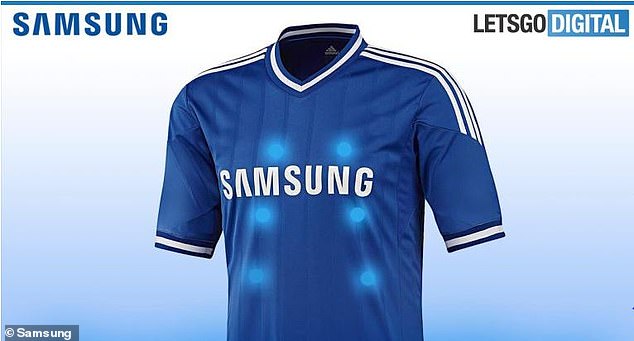Smart fabric and textile technology is continually advancing, giving rise to new applications and opportunities that can bring life-changing implications. The recent news on the latest smart clothing from Samsung gives a perfect example of the greater impact smart fabrics will have in our lives.
Smart fabrics use a digital component—whether it be a sensor, chip, battery, or light—to provide added value to the wearer. Many of us often associate smart clothing with entertainment (shirts that light up, for example). This is still a common use of the technology. However, we are now seeing a marked increase in the use of smart fabrics in many other industries, such as sports and fitness; medical device and wellness; military and defense; and even communications and social media.
Smart fabrics are quickly entering into the “wellness” category of IoT, which is expected to grow much faster than the highly regulated “medical device” category. For example, Xenoma is developing smart pajamas that can be worn by medical patients. Embedded sensors detect motion, alerting staff when a patient is on the move.
Additional uses for smart fabrics as a wellness tool include monitoring rehabilitation after surgery or injury to check for proper form, or even patient compliance with instructions.
The latest development for a smart shirt, for which Samsung has received a patent, has sensors that detect and monitor the lung sounds of the wearer.
The shirt is connected to a smartphone and uses additional information about the wearer’s age and gender to deliver a diagnosis on respiratory conditions. The user views the diagnosis on their smartphone. Conditions ranging from pneumonia to COPD are recognized and diagnosed by the shirt sensors.
The Samsung shirt technology can be incorporated into other types of smart clothing, making the possibilities endless. Not only can professional athletes monitor lung function in real time, but the elderly and sick can monitor their lung conditions and obtain an actual diagnosis at home.
Of course, doctors are still critical to medical care, but these types of monitoring advances can assist medical professionals by helping to identify true health emergencies (while reducing stress in non-critical situations).
This latest development by Samsung is just one part of the larger smart fabric revolution taking place across several industries. Many other large corporations such as Google and BAE Systems are also getting into the game, ushering in new ways to communicate with each other, protect people, and treat certain conditions. Integrating IoT technology with healthcare is yet another way that smart technology continues to change the way we live, work, and interact with each other.

